19+ Greenbrier Plant Thorns
Web Greenbrier produces small white flowers from July to August. Unknown - Tell us Height.
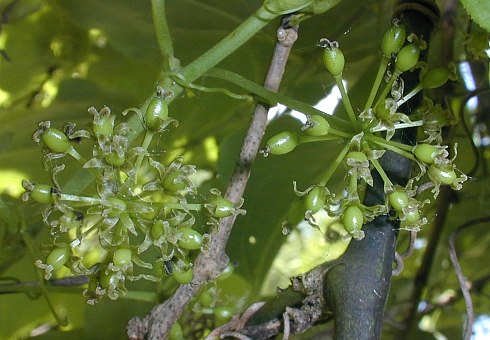
Bristly Greenbrier Smilax Hispida
Birds eat the berries particularly in winter.

. Web Stems have spiny thorns and are hazardous to humans. Web Description Round-Leaved Greenbrier is a deciduous to semi-evergreen woody vine in the greenbrier family. When the vine is dying the green stem turns dark brown.
Thorns may be absent hooked or bristly and straight depending on the species. Some species have thorns andor tendrils on stems. Web sarsaparilla plant Vine Smilax hispida Smilacaceae Southern central United States 4 to 8 2000 to 4000 feet 300 to 600 feet May to June Greenish Full sun to part shade Medium to wet Low Naturalize Rain Garden Showy Birds Showy Thorns.
It is also sometimes called roundleaf greenbrier. Web Like its common names suggest Smilax rotundifolia is a green vine with thorns. When left unchecked greenbriar can quickly grow into a large tangled mass of thorns that.
The stems are thorny which makes it more difficult to remove from trees and shrubbery. Web Saw Greenbriar Greenbriar or Cowvine Smilax bona-nox is a nasty thorny hard-to-get-rid-of native species that can clamber over shrubs trees and fences. Web The thorns grow straight off the stem at roughly 90 degrees they are not curved or tilted in any way.
1 In China for example about 80 are found 39 of which are endemic 2 while there are 20 in North America north of Mexico. 7 The plant can grow up to 20 feet long by climbing objects and vegetation. They will also grow over trees and other plants up to 10 m high their hooked.
Woody vine with alternate light green heart-shaped or ovate leaves. Leave it alone for two days then cut it back to ground level. Web Not all greenbrier vines are troublesome weeds.
Burn the vine to get rid of it. The most obvious of course is its thorns. The leaves are shiny green and the vines will grow to approximately 8 feet high.
The lanceleaf greenbrier or bamboo vine Smilax smallii is practically thornless and makes a very attractive climbing vine for training on trellises. Numerous loose hemispheric flower clusters 1 to 2 inches across each on a long stalk and containing up to 25 flowers with male and female flowers on separate plants dioecious. There are 300 to 350 smilax species worldwide.
The stems usually have small black thorns that are each roughly ⅓ long. Deciduous Smooth Textured Provides Winter Interest Foliage Color. Climbs on other plants can form dense thickets.
18-24 m 8-10 ft. Common greenbriar has been recommended as a planting to depress other plant growth under power line rights-of-way. New shoots of greenbrier growth with tendrils used for climbing.
Approximately twenty-four species are native to North America with fifteen species growing in. Web Spray the vine with a 10 solution of glyphosate. Leaves have parallel venation.
Young plants or stems may have small green thorns or none at all. When my brother-in-law volunteered to help clean up a Ft Worth nature preserve he said removing these vines was a near everyday job. 6-9 m 30-40 ft.
36-47 m 15-20 ft. Web Not quite as pretty is greenbrier Smilax rotundifolia USDA plant hardiness zones 4 to 9 a woody climbing vine that has round green stems and tough thorns. Web Smilax is a genus of about 300350 species found in the tropics and subtropics worldwide.
Greenbrier also sprouts via underground stems called rhizomes. If small plants re-sprout where you killed the larger vine spray them with the solution when they are 6 inches 15 cm tall. Web Greenbrier produces small white flowers from July to August.
47-6 m 20-30 ft. 12-18 m 6-8 ft. Unknown - Tell us Hardiness.
Greenbrier is well known for its glossy round leaves. This perennial rhizome sends out underground stems that make roots and shoots at nodes. Web Web Smilax vines go by the common names greenbrier or catbrier due to the thorns covering their stems.
The individual flowers are either male or female and only one sex is found on a. The flowers are dioecious similar to holly trees. Young plants or stems may have small green thorns or none at all.
This will help you distinguish greenbrier from wild rose which has large curved thorns. Web Smilax vines go by the common names greenbrier or catbrier due to the thorns covering their stems. See the glossary for icon descriptions.
24-3 m 10-12 ft. Web Smilax tamnoides Bristly Greenbrier Pick an image for a larger view. Greenbrier is a headache due to its thorns lots of thorns.
Web Another vine with thorns and a more invasive nature is greenbriar Smilax laurifolia USDA zones 7 through 10. Web Greenbrier does well in light shade to partial sun in woodlands thickets openings in woodlands or on edges of wooded areas. Web Full Sun Sun to Partial Shade Light Shade Foliage.
3 4 They are climbing flowering plants many of which are woody andor thorny in the monocotyledon family. Web Greenbrier also has two defensive traits that help it survive various threats. 3-36 m 12-15 ft.
It is a crawling vine that can tangle itself within other plants and climb with small tendrils. In the spring the still-succulent green shoot tips can be eaten much like asparagus. Best in moist loams in full sun to part shade.
Web Greenbrier is a headache due to its thorns lots of thorns. Not only do thorns discourage human association but they also protect new stems from deer and rabbit browse. Web This vine climbs with tendrils producing nearly impenetrable thickets in a range of wet and dry habitats.
The stems have sharp spines that can puncture skin and cause strong pain and scratches. If there is nothing for it to climb upon it will grow along the ground. This evergreen perennial is part of the Smilax genus and has thorny stems and waxy leaves with a root system thats difficult to remove.
As the stem ages the thorns enlarge and harden making them perfect for drawing blood. Web Greenbrier is a headache due to its thorns lots of thorns. Be sure to use protective gloves when working with this vine.
The Bedford Extension Master Gardeners explain that brambles are part of the rose family and resemble prickly shrubs. As the stem ages the thorns enlarge and harden making them perfect for drawing blood. It also recovers quickly following fire.
Dont put it in your compost pile. Easily grown in most soils. Web The greenbrier climbs via tendrils that grow from the petioles.
The common greenbrier is most often found in forests with sandy moist to dry soils in woodlands fields and pond borders hedgerows thickets. Web Stems of the sprawling vines which are supported on surrounding vegetation by tendrils and their hooked thorns remain green for several years.

Kansas Wildflowers And Grasses Bristly Greenbrier

Common Greenbrier Roundleaf Greenbrier Smilax Rotundifolia
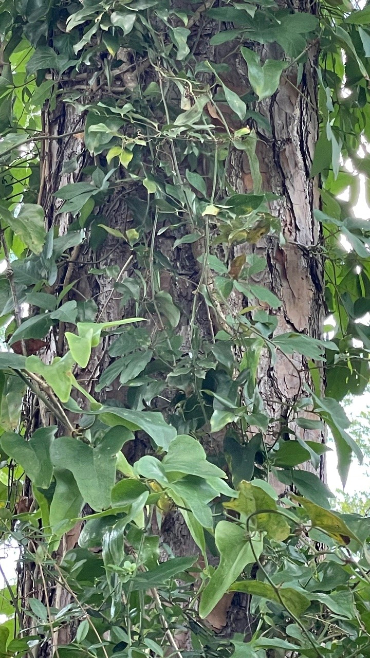
Poisonous Plants Gardening In The Panhandle

Smilax Greenbriar Integrated Crop Management

Random Plant Bristly Greenbrier The Life Of Your Time

Thorny Vine In The Plant Id Forum Garden Org

Smilax Rotundifolia Brambles Bullbrier Catbrier Chaineybriar Common Catbrier Common Greenbrier Horsebrier Horse Brier Round Leaved Greenbrier North Carolina Extension Gardener Plant Toolbox

Smilax Rotundifolia Brambles Bullbrier Catbrier Chaineybriar Common Catbrier Common Greenbrier Horsebrier Horse Brier Round Leaved Greenbrier North Carolina Extension Gardener Plant Toolbox
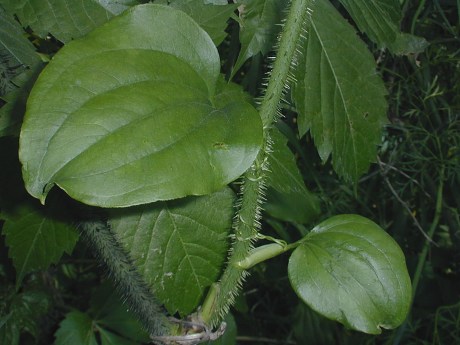
Bristly Greenbrier Smilax Hispida

Weed Of The Month Smilax Greenbrier Home Garden Information Center

Smilax Greenbriar Integrated Crop Management
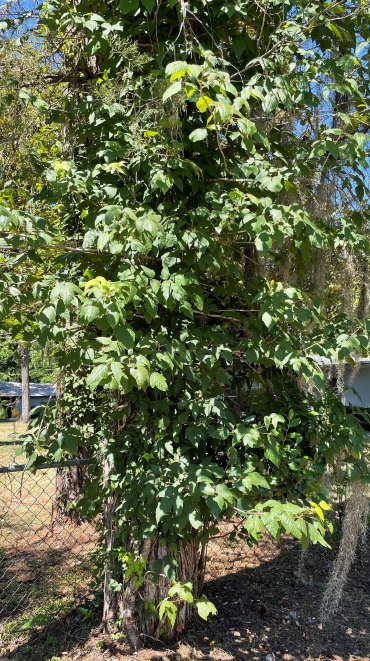
Poisonous Plants Gardening In The Panhandle

Smilax Rotundifolia Carrion Flower Roundleaf Greenbrier Go Botany

Smilax Rotundifolia Brambles Bullbrier Catbrier Chaineybriar Common Catbrier Common Greenbrier Horsebrier Horse Brier Round Leaved Greenbrier North Carolina Extension Gardener Plant Toolbox

Smilax Rotundifolia Brambles Bullbrier Catbrier Chaineybriar Common Catbrier Common Greenbrier Horsebrier Horse Brier Round Leaved Greenbrier North Carolina Extension Gardener Plant Toolbox

Smilax Greenbriar Integrated Crop Management
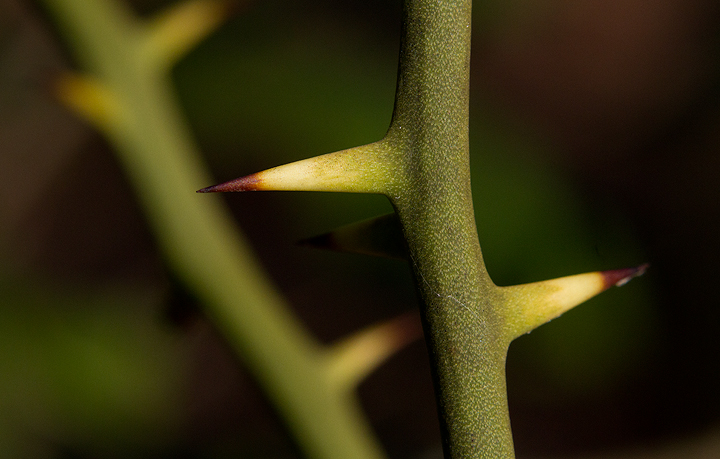
Maryland Biodiversity Project Common Greenbrier Smilax Rotundifolia